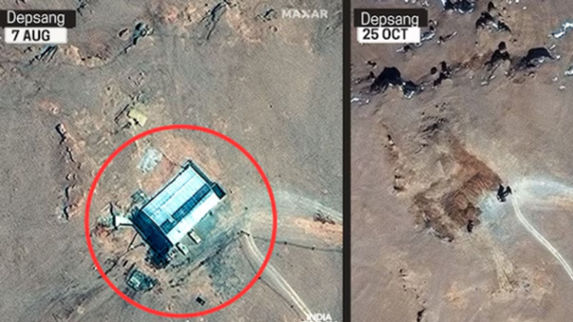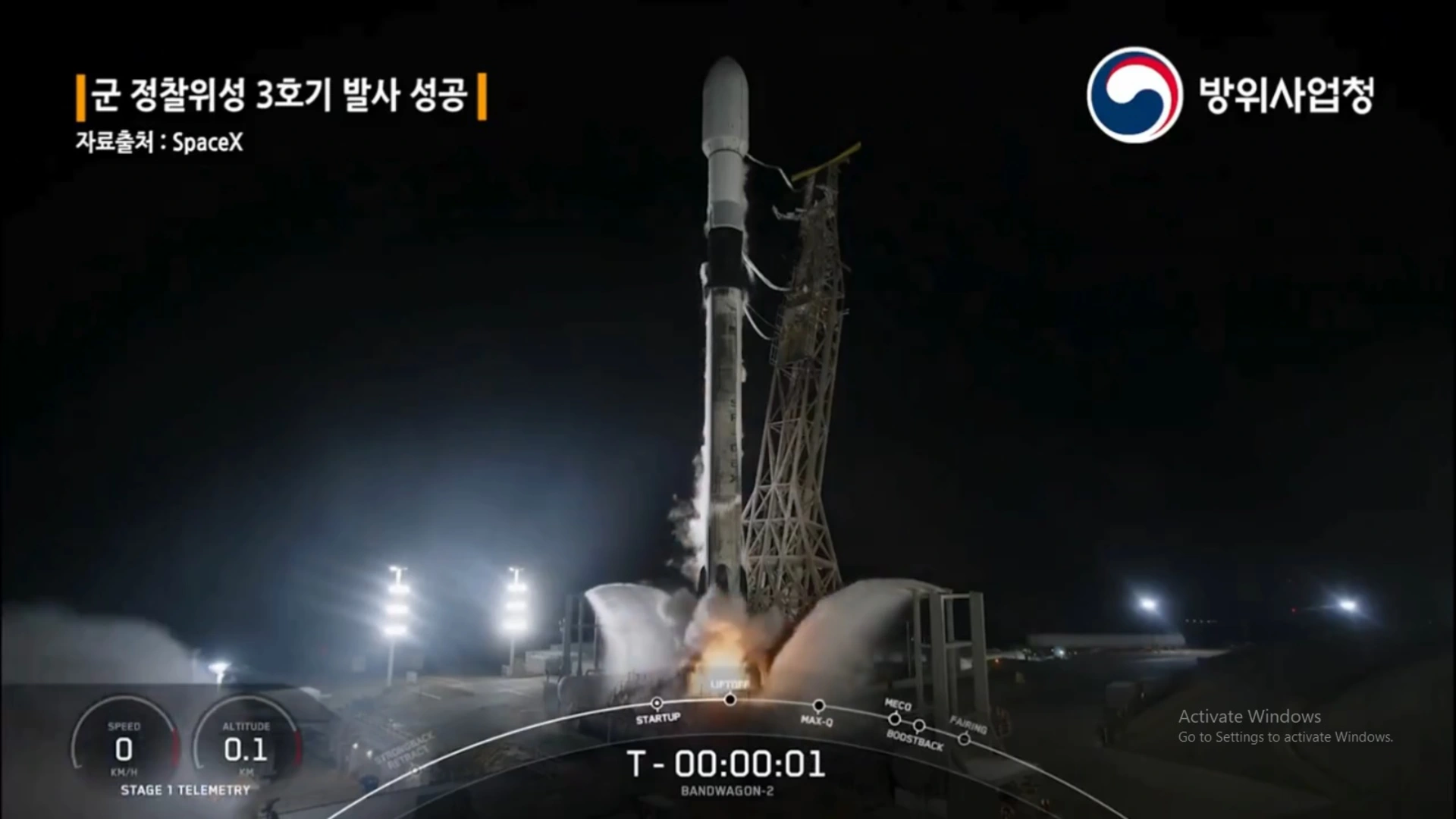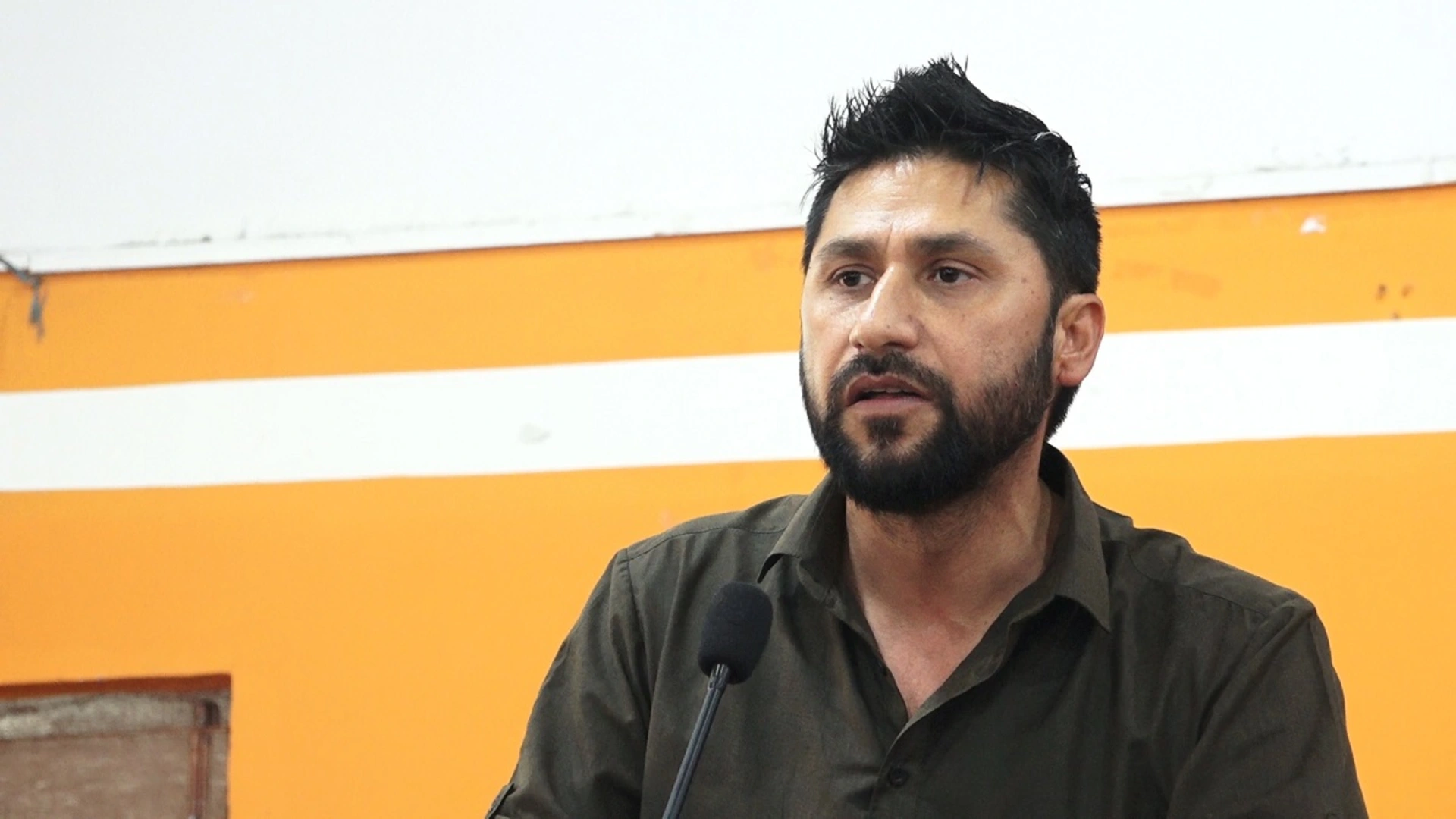In the wake of a new patrolling arrangement between India and China, satellite images reviewed by India Today confirm that disengagement activities have begun in the contested areas of Depsang and Demchok in Eastern Ladakh. The latest images, taken Friday, reveal a decrease in military structures, hinting at a possible resolution to the prolonged standoff ahead of winter. However, a significant presence of Chinese military structures remains, reflecting the extent of the buildup over the years. Both countries anticipate the disengagement process will conclude shortly.
Key Disengagement Sites Observed
The satellite imagery, supplied by US-based Maxar Technologies, shows noticeable dismantling of shelters and other structures. The clearest indication of progress is seen in Depsang near Patrol Point 10, where a large shelter, long-standing since the standoff’s early days, has now been removed. Images from August 7 showed the structure intact, while the October 25 imagery revealed it had been flattened. Further south, images of Demchok taken between October 9 and October 25 display similar removal of shelters, consistent with disengagement steps.
In another point in Depsang, most structures and large transport vehicles at a military outpost have been moved, indicating a reduction in Chinese military presence.
Diplomatic Efforts Reinforce Disengagement Progress
Prime Minister Narendra Modi and Chinese President Xi Jinping recently discussed these developments at the BRICS summit in Russia, marking their first bilateral engagement since 2019. The two leaders reaffirmed the importance of peace along the border and underscored the need for “mutual trust, respect, and sensitivity.”
Background of the Ladakh Standoff
The standoff began in May 2020 and intensified after the violent Galwan Valley clash in June of that year, which resulted in casualties on both sides. Since then, a series of military discussions has led to partial withdrawals and the establishment of buffer zones in several areas, including Galwan, Pangong Tso, and Gogra-Hot Springs. These buffer zones, intended to stabilize tensions, have restricted patrolling activities and, according to some experts, may ultimately strengthen Chinese territorial claims.
Depsang and Demchok have remained contentious despite these previous disengagement agreements. Foreign Secretary Vikram Misri recently confirmed that patrolling and grazing rights in these areas will be restored to their pre-2020 status, with earlier disengagement agreements remaining in effect.
Strategic Importance of Depsang and Demchok
Since the onset of the standoff, Indian forces faced limitations near the ‘Y Junction’ in Depsang, restricting access to patrol points 10 to 13, which mark India’s perception of the Line of Actual Control (LAC). Meanwhile, China has constructed a network of roads and semi-permanent posts in areas claimed by India.
Though no joint statement was released, both countries separately acknowledged the disengagement progress. To avoid further misunderstandings, both nations will monitor activities in Depsang and Demchok closely, with soldiers communicating before patrols.







